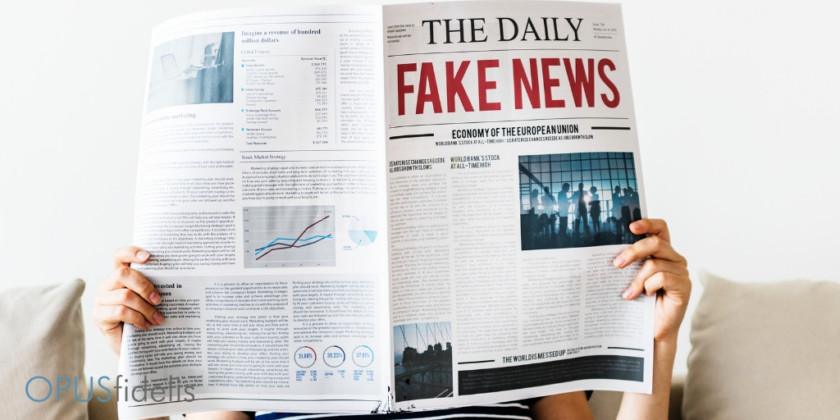Recent studies have shown that, since the 2016 election, the amount of false information on Facebook has decreased by half. But whatever the studies say, fake news is still a problem on the social media platform. Here’s what they’re doing to change that.
Last week, Facebook launched a new effort called “The Hunt for False News,” a blog series designed to shine the light on instances of fake news and Facebook’s efforts to combat them.
The first post in the series details three instances of fake news that occurred recently, and how Facebook dealt with them. The fake news included an article titled “NASA will pay you $100,000 to stay in bed for 60 days!,” a widely circulated photo accusing a man of stabbing a Brazilian presidential candidate, and a video that claimed to show a Saudi man spitting in the face of a receptionist.
In the post, Facebook admitted that there is false information that they often fail to detect:
We’re getting better at detecting and enforcing against false news, even as perpetrators’ tactics continue to evolve. And while we caught and reduced the distribution of many pieces of misinformation on Facebook this summer, there are still some we miss. This can happen when:
- We fail to identify the misinformation at all
- We identify a piece of content as misinformation, but after it’s already gone viral
- We identify a piece of misinformation early, but it goes viral in the time it takes for fact-checkers to research it and provide a veracity rating
Although the blog is a good try, whether it will actually be effective in fighting against fake news is debatable, especially since it is buried in their corporate blog, which few users actually read.


